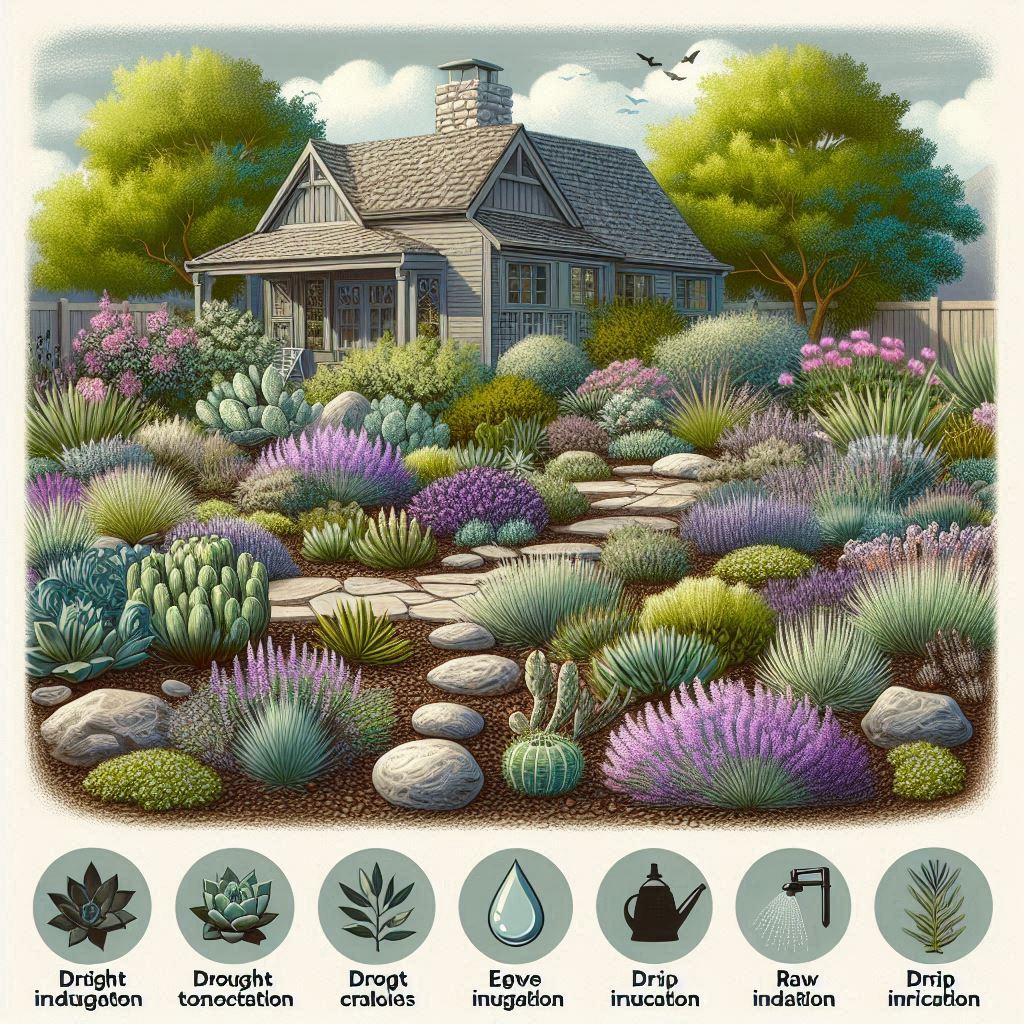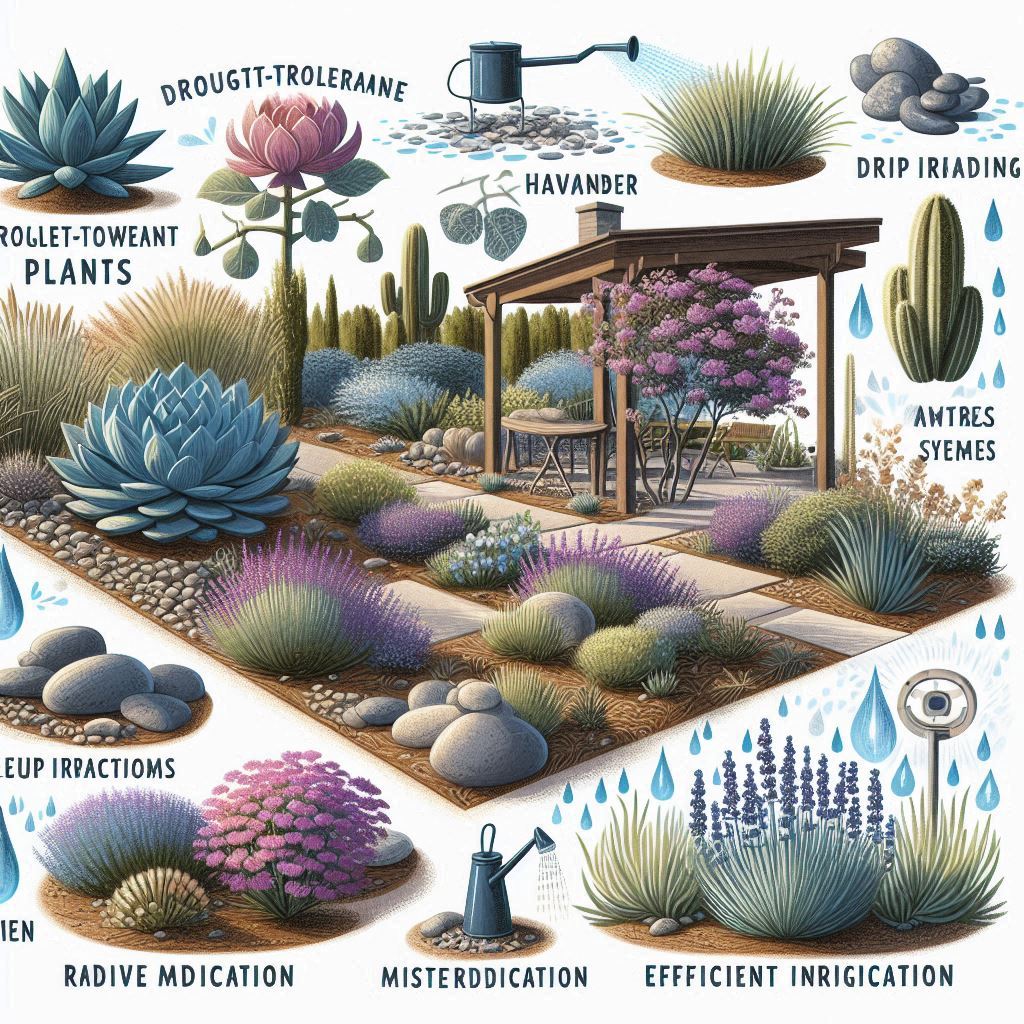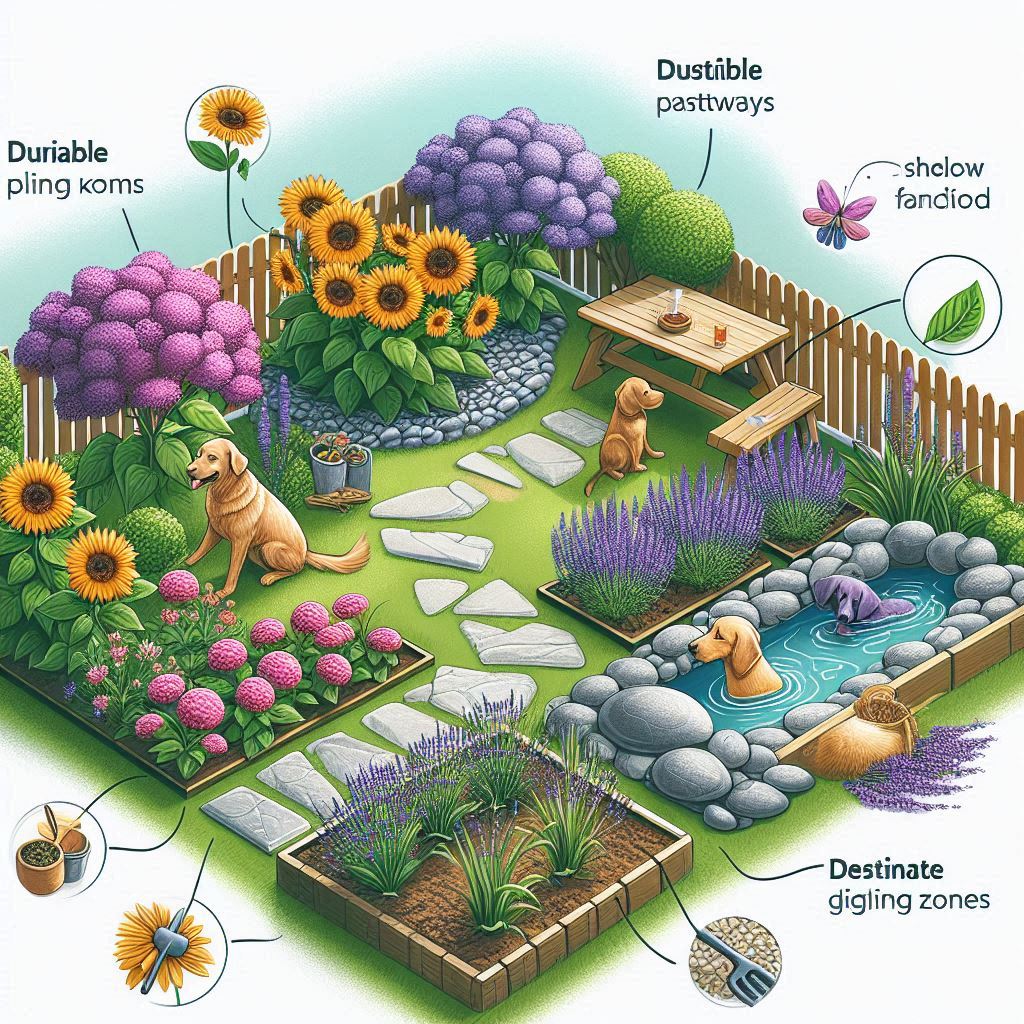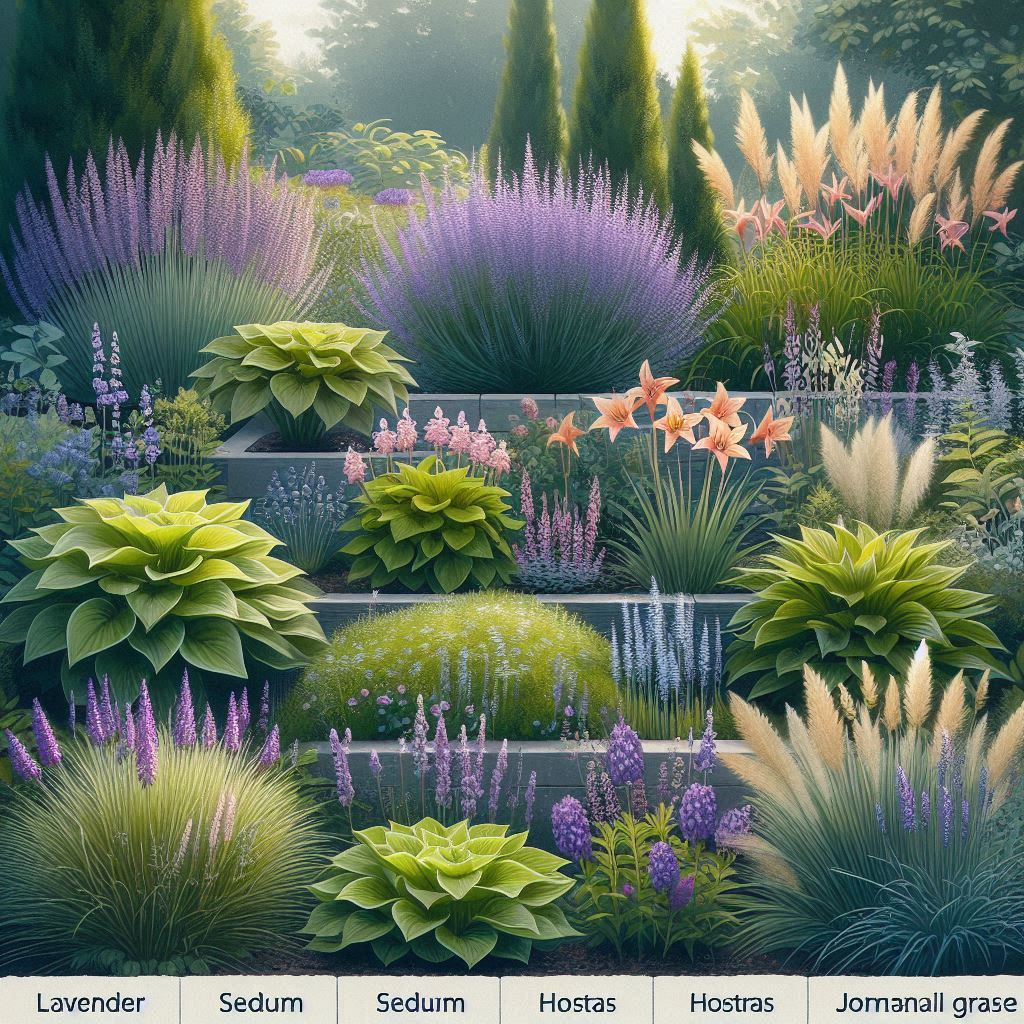Xeriscaping is more than just a gardening trend; it’s a sustainable landscaping practice designed to reduce water usage without sacrificing beauty. With water conservation becoming increasingly important, xeriscaping offers a way to create stunning, low-maintenance landscapes that thrive in dry climates or regions prone to drought. In this article, we’ll explore the principles of xeriscaping and provide practical tips for transforming your garden into a drought-resistant paradise.
1. Understanding Xeriscaping: What Is It?
Xeriscaping, derived from the Greek word “xeros,” meaning dry, is a landscaping method that focuses on minimizing water usage. Unlike traditional lawns and gardens that require frequent watering, xeriscaped landscapes are designed to thrive with minimal irrigation. This is achieved by using drought-tolerant plants, efficient irrigation systems, and soil management techniques that retain moisture.
- Key Principle: The goal of xeriscaping is to create a beautiful, functional landscape that conserves water and reduces the need for regular maintenance.
2. Planning Your Xeriscape: The Design Phase
Before you start planting, it’s essential to plan your xeriscape design. Consider the layout of your garden, the types of plants you want to include, and how you can use elements like rocks, mulch, and ground covers to reduce water needs.
- Zoning: Divide your garden into zones based on water requirements. Group plants with similar water needs together, placing the most drought-tolerant plants in the driest areas of your garden.
- Hardscaping: Incorporate hardscaping elements like pathways, patios, and rock gardens to reduce the amount of irrigated space. These features not only save water but also add structure and visual interest to your landscape.
- Soil Preparation: Improve soil quality by adding organic matter like compost. This helps retain moisture and provides essential nutrients to plants, reducing the need for frequent watering.
3. Choosing the Right Plants: Drought-Tolerant Varieties
The success of your xeriscape depends largely on the plants you choose. Opt for native plants and drought-tolerant species that are adapted to your local climate. These plants require less water and are more resistant to pests and diseases.
- Succulents and Cacti: These plants are the stars of xeriscaping. Succulents like aloe vera, agave, and sedum store water in their leaves, making them perfect for dry conditions. Cacti, with their unique shapes and flowers, add an exotic touch to any xeriscape.
- Drought-Tolerant Perennials: Consider perennials like lavender, yarrow, and Russian sage, which require little water once established. These plants offer long-lasting blooms and attract pollinators, adding life to your garden.
- Ornamental Grasses: Grasses like blue fescue, feather reed grass, and buffalo grass are excellent choices for xeriscaping. They add texture and movement to the landscape while being highly drought-resistant.
- Native Plants: Incorporate native plants like coneflower, black-eyed Susan, and desert marigold. Native species are well-suited to the local environment and require minimal care.

4. Efficient Irrigation: Watering Wisely
Even in a xeriscape, some plants will need occasional watering, especially during establishment. Efficient irrigation systems can help you minimize water waste while ensuring your plants get the moisture they need.
- Drip Irrigation: Drip systems deliver water directly to the roots, reducing evaporation and runoff. This method is ideal for xeriscaping as it conserves water and provides targeted hydration.
- Soaker Hoses: Soaker hoses are another water-efficient option, allowing water to seep slowly into the soil. They’re particularly useful for garden beds and vegetable patches.
- Mulching: Apply a thick layer of mulch around your plants to retain moisture and reduce the need for frequent watering. Mulch also helps control weeds and stabilizes soil temperature.
5. Maintaining Your Xeriscape: Low-Maintenance Beauty
One of the greatest benefits of xeriscaping is its low maintenance requirements. Once established, xeriscaped gardens require less water, fewer fertilizers, and minimal upkeep compared to traditional landscapes.
- Weed Control: Regularly remove weeds to prevent them from competing with your drought-tolerant plants for water and nutrients. Mulching and ground covers can help suppress weed growth.
- Pruning and Deadheading: While xeriscaped plants are generally low-maintenance, occasional pruning and deadheading (removing spent flowers) can help maintain their shape and encourage more blooms.
- Monitoring Soil Moisture: Even drought-resistant plants need water, especially during prolonged dry spells. Monitor soil moisture and water only when necessary, using your irrigation system efficiently.
Conclusion
Xeriscaping is a practical and environmentally friendly way to create a beautiful garden that conserves water and thrives in dry conditions. By carefully selecting drought-tolerant plants, designing with water efficiency in mind, and adopting low-maintenance practices, you can enjoy a stunning landscape that is both sustainable and easy to care for. Whether you live in an arid region or simply want to reduce your water usage, xeriscaping offers a smart and stylish solution for modern gardening.



